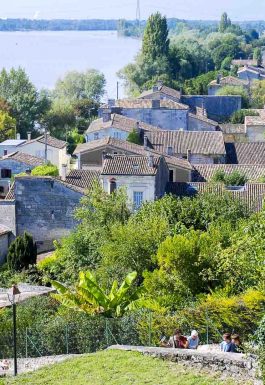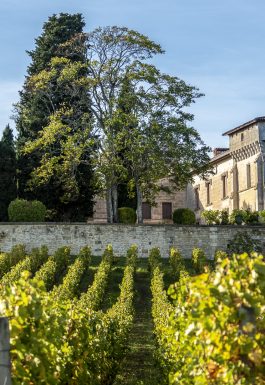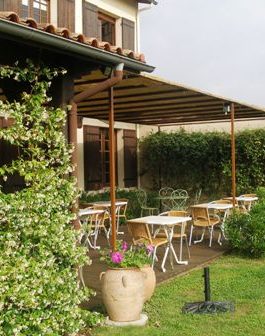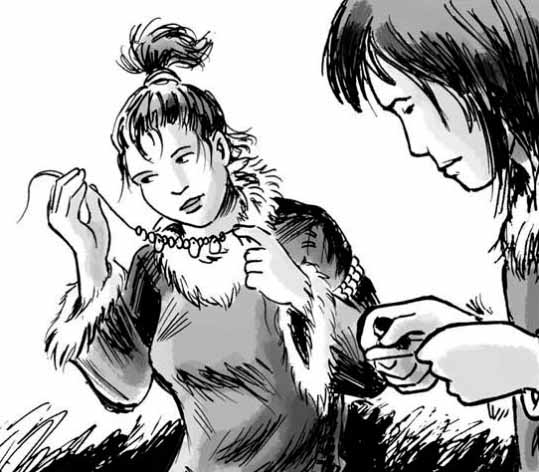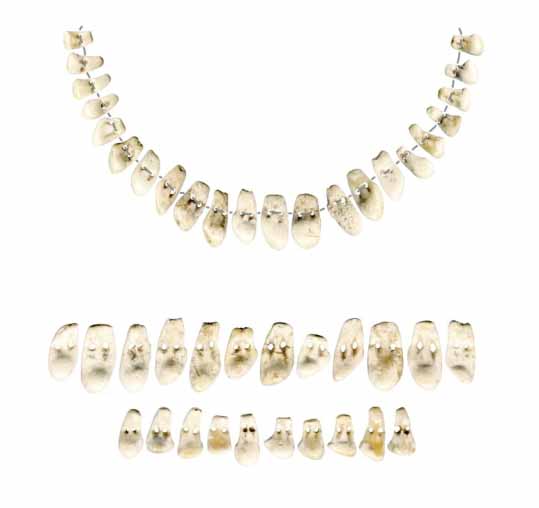We find traces of human occupation since prehistoric times, especially in Saint-Germain de la Rivière where the rich burial of a young woman nicknamed the Lady of Saint Germain was discovered.
It happens that the informed visitor finds bits of flint at the bend of a hiking trail
The Lady of Saint Germain
The burial place of the 16000-year-old Lady of Saint-Germain, discovered in 1934, housed the
skeleton of a woman in her thirties richly adorned in particular with a deer tooth necklace. Recent studies attest that in the Magdalenian, due to the dry and cold steppe environment, deer were rare or even absent in the southwest of France.
Spits (teeth), acquired through exchanges or during long journeys, would then be
carriers of great value. This set leads us to believe that the lady belonged to a privileged social group.
The Lady of SaintGermain is now on display at the National Museum of Prehistory of Les Eyzies (24620). An information space has been set up on the site in Saint-Germain de la Rivière
The strategic position of the Fronsac mound (76 m), at the confluence of the Isle and the Dordogne and
dominating Libourne, was already used by the Gauls who installed there an oppidum, a wooden enclosure; the Romans built a powerful castrum there, a fortified camp and planted vines on the hillsides and Charlemagne during a visit to the region, erected a fortress there in 769.

In the eleventh and twelfth centuries, the Fronsadais, like all of Guyenne, was under English domination. In 1453, the battle of Castillon, 20 km from Fronsac put an end to the Hundred Years War and three centuries of English domination.
The Duchess Aliénor d'Aquitaine, after the annulment of her marriage with the king of France Louis VII, remarried with Henri Plantagenet, king of England in 1154. Aquitaine was then English. The reconquest of the duchy by the crown of France will be one of the challenges of the Hundred Years War, the last major battle of which is fought in July 1453, Castillon falls into the hands of the French on July 20, Bordeaux in October, Aquitaine comes back to "the obedience of
King of France".
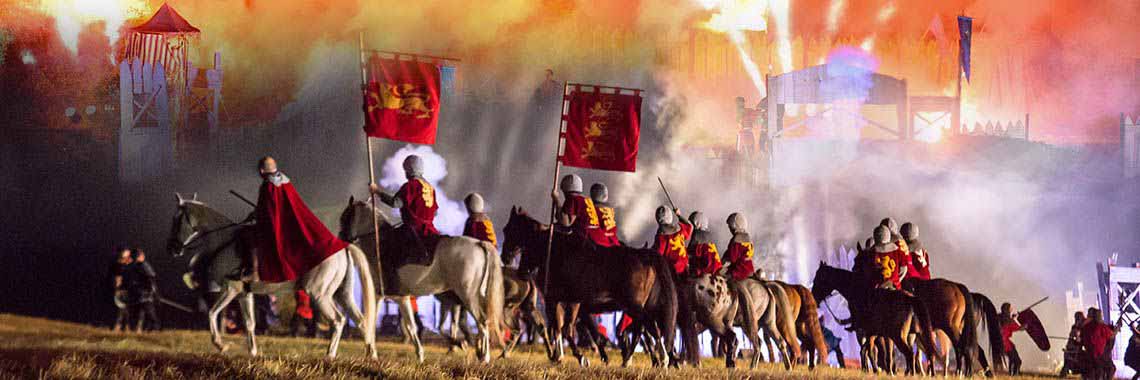
Relive the last battle of the war in life
of Cents Ans, during an outdoor show with 400 actors and 40 riders!
Explosions, fireworks, light shows, horses launched at a triple gallop, the battle rages on at the foot of the Château Castegens ...
In 1663, the Cardinal Duke of Richelieu decided to acquire the lands of the Duchy of Fronsac for his family. His little nephew, Marshal Louis-François Armand du Plessis, nicknamed “Fronsac” inherited the Duchy in 1715.
The Château de La Dauphine in Fronsac, built in the 1750s, will host MarieJosèphe DE SAXE, the Dauphine de France, future mother of Louis XVI, for a few days.
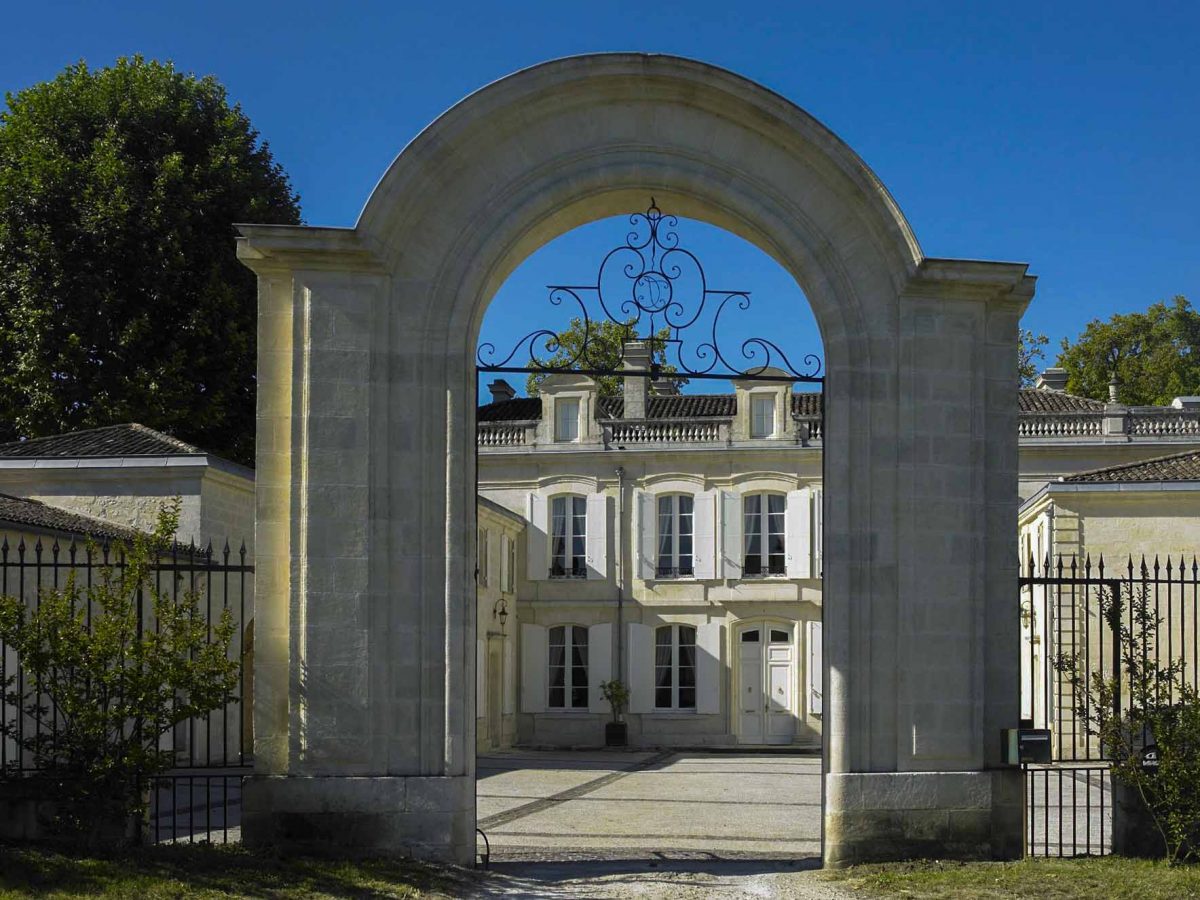
The large limestone plateaus are home to ancient white stone quarries, which are particularly sought after.
for the production of moldings. The mascarons of the facade of the great theater of Bordeaux, whose construction
was requested from Victor Louis by Marshal Richelieu come from the Fronsadais basement. Later, these quarries were used as mushroom farms, and today some of them are dedicated to the conservation of wine.
